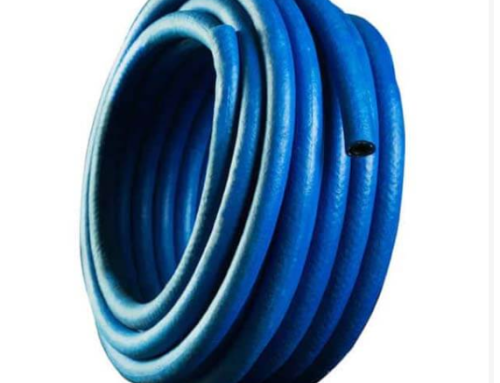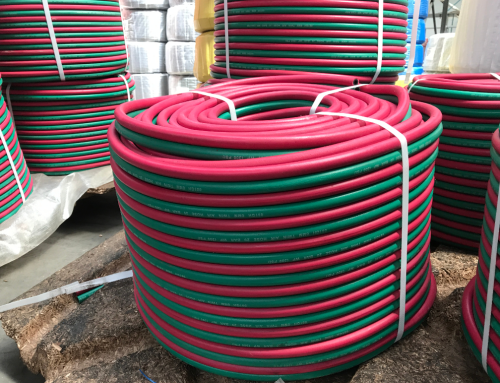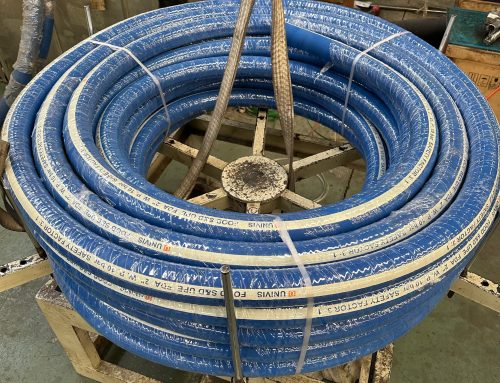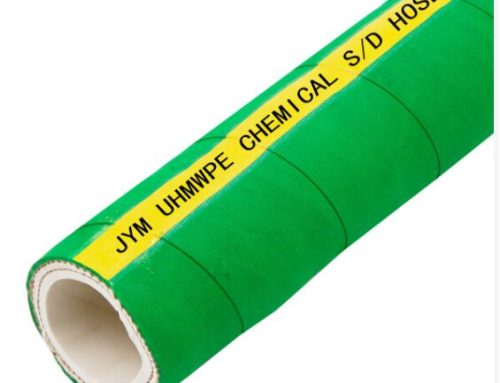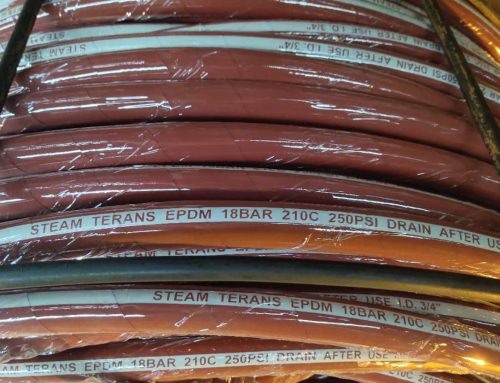Acetylene Hose: Technical Specifications and Applications
Acetylene hose is a specialized type of flexible tubing designed for transporting acetylene gas, a highly flammable and volatile substance widely used in various industrial applications, particularly in welding and cutting processes. Understanding the technical specifications and applications of acetylene hose is essential for ensuring safety and efficiency in operations that involve this gas.
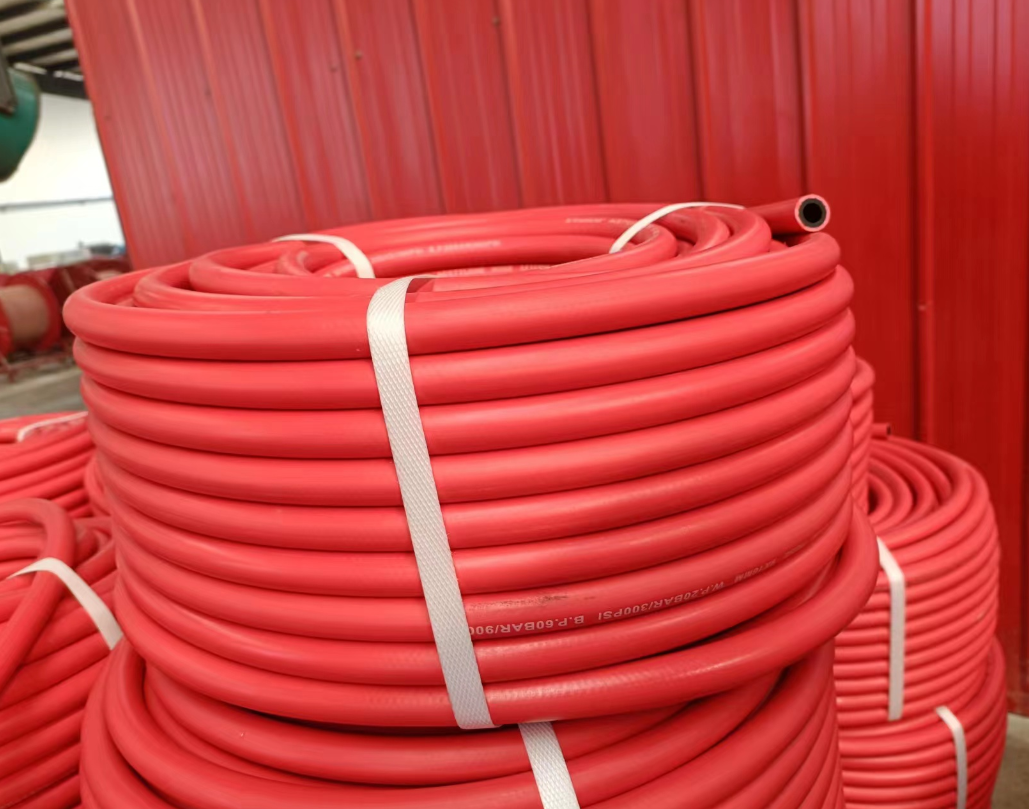
Technical Specifications
1. Material Composition:
Acetylene hoses are typically constructed from a blend of synthetic rubber and reinforced with textile or steel braiding. This combination provides excellent resistance to heat, abrasion, and chemical exposure, ensuring durability and longevity.
2. Pressure Rating:
Acetylene hoses are designed to withstand specific pressures, usually rated at 200 psi (pounds per square inch) for acetylene service. It is crucial to choose hoses that meet or exceed industry standards to prevent leaks and ruptures during operation.
3. Temperature Range:
The operational temperature range for acetylene hoses is generally between -20°F to 200°F (-29°C to 93°C). This wide range allows for use in various environmental conditions, ensuring flexibility and reliability.
4. Color Coding:
Acetylene hoses are typically color-coded with a red exterior for easy identification. This standardization helps workers quickly distinguish between acetylene and other gas hoses, promoting safety in the workplace.
5. Diameter Options:
Acetylene hoses are available in various diameters, commonly ranging from 1/4 inch to 1/2 inch. The choice of diameter depends on the specific application and the required flow rate of the acetylene gas.
6. Length:
Hoses are available in multiple lengths, allowing for customization based on the operational needs. Common lengths range from 10 feet to 100 feet, facilitating flexibility in setup.
Applications
Acetylene hose is primarily used in the following applications:
1. Welding:
Acetylene is a key component in oxy-acetylene welding, where it is combined with oxygen to produce a high-temperature flame. The hose is essential for delivering acetylene to the torch, allowing for precise control of the flame used in metal fabrication.
2. Cutting:
In the metal cutting process, acetylene hoses are utilized to supply gas to cutting torches. The intense heat generated enables operators to cut through various metals efficiently and effectively.
3. Brazing and Soldering:
Acetylene is also used in brazing and soldering applications, where the high-temperature flame is necessary for joining metals. The hose facilitates the delivery of gas, ensuring optimal performance in these processes.
4. Industrial Maintenance:
In maintenance and repair operations, acetylene hoses are employed for tasks that require heating, such as loosening rusted bolts or fittings. The flexibility and heat output of acetylene make it a valuable tool in industrial settings.
5. Artistic Applications:
Beyond industrial uses, acetylene hoses are also utilized in artistic metalworking, including sculpture and decorative metal art. The ability to manipulate metal with precision makes acetylene an attractive option for artists.
Conclusion
Acetylene hoses play a critical role in various industries by safely delivering acetylene gas for welding, cutting, and other applications. Understanding the technical specifications, such as material composition, pressure ratings, and temperature ranges, is vital for ensuring safe and efficient operations. By adhering to industry standards and choosing the right hose for the application, operators can enhance productivity while minimizing risks.

